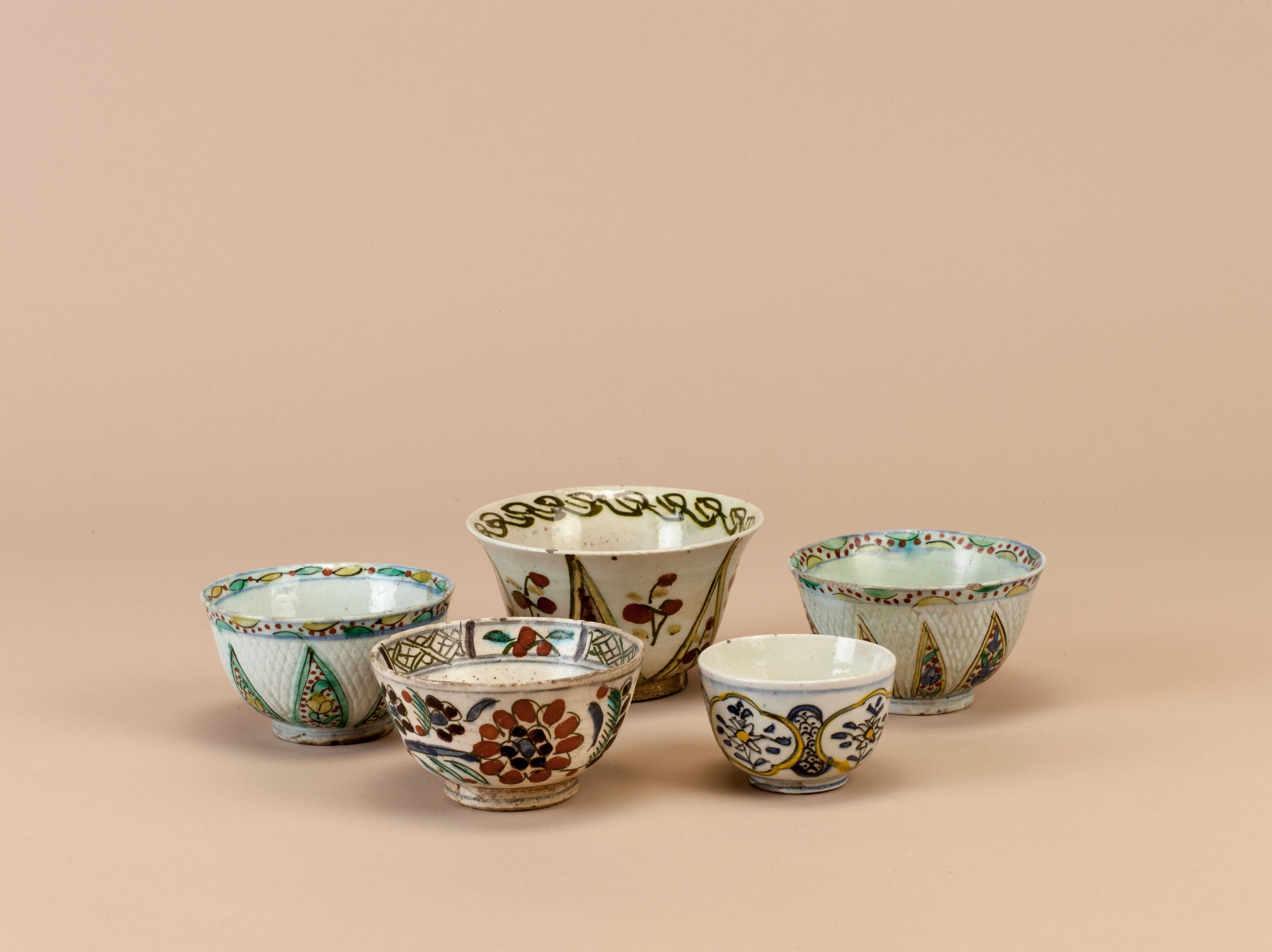Neko Samurai wonders aloud: “what if we mashed up two of Japan’s most beloved cultural icons, the samurai and the cat?” The result: one of the most delightfully cute comedies to come from Japan in some time. A dog-loving clan hires Madarame, penniless and out of work; his task is to assassinate the prized white cat of a rival, cat-loving clan (the two clans have been fiercely battling for centuries, we learn). But when Madarame melts at the sight of the cat, failing at his duty and kidnapping the feline, both clans seek to exact revenge—on the samurai himself, and the imminent showdown will test the newly-inaugurated “cat person.”
Trailer

The New Year is more than just a date change on the calendar. It often marks a turning point where the weight of past experiences is felt or the uncertainty of the future is faced. This season, Pera Film highlights films that delve into themes of hope, regret, nostalgia, and new beginnings.

Coffee was served with much splendor at the harems of the Ottoman palace and mansions. First, sweets (usually jam) was served on silverware, followed by coffee serving. The coffee jug would be placed in a sitil (brazier), which had three chains on its sides for carrying, had cinders in the middle, and was made of tombac, silver or brass. The sitil had a satin or silk cover embroidered with silver thread, tinsel, sequin or even pearls and diamonds.
Tuesday - Saturday 10:00 - 19:00
Friday 10:00 - 22:00
Sunday 12:00 - 18:00
The museum is closed on Mondays.
On Wednesdays, the students can
visit the museum free of admission.
Full ticket: 300 TL
Discounted: 150 TL
Groups: 200 TL (minimum 10 people)